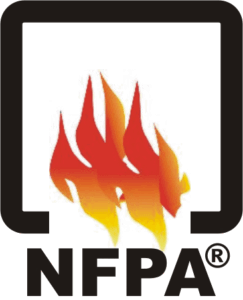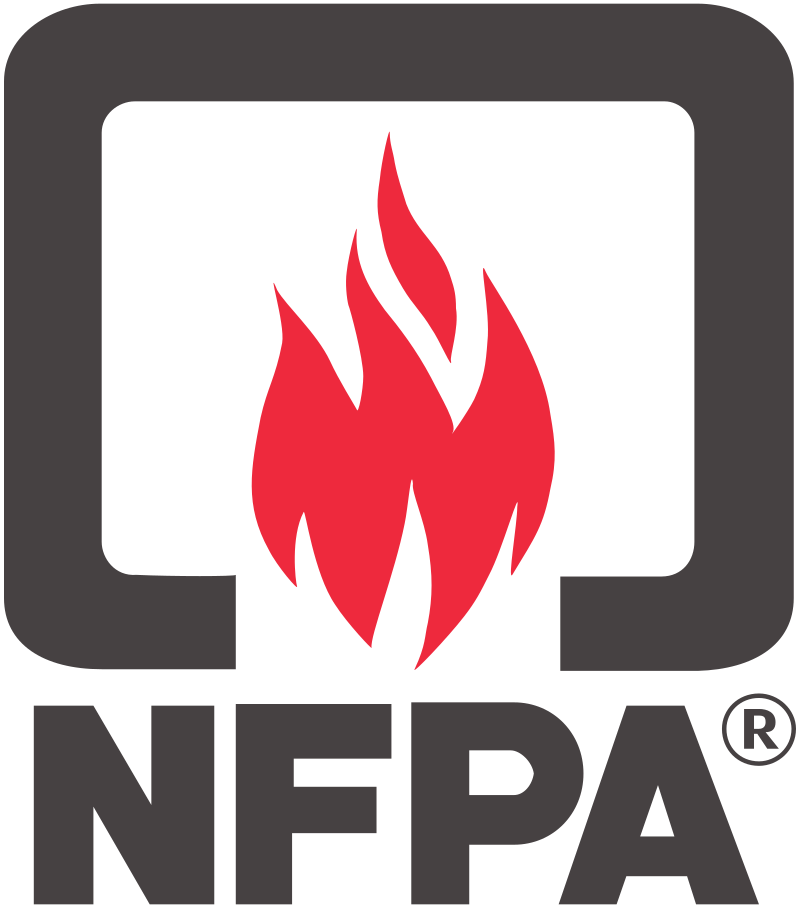 The first part of this week’s post is written by Jen Sisco, Engineer in the NFPA Building and Life Safety Systems group and Staff Liaison to NFPA’s Fire Doors and Windows Technical Committee responsible for the development of NFPA 80 and NFPA 105. Thanks to Jen for sharing her knowledge of this important issue in the Fire Code!
The first part of this week’s post is written by Jen Sisco, Engineer in the NFPA Building and Life Safety Systems group and Staff Liaison to NFPA’s Fire Doors and Windows Technical Committee responsible for the development of NFPA 80 and NFPA 105. Thanks to Jen for sharing her knowledge of this important issue in the Fire Code!
Passive fire protection in buildings is a critical element for the protection of people and property within NFPA 1. The use of fire barriers, fire walls, and other fire rated assemblies play a vital role in the subdivision of buildings, protection of hazardous areas, and protection of means of egress. However, for these systems to function in a building there has to be allowances for openings for people, equipment, and other building systems.
An unprotected or improperly protected opening within a fire barrier or fire wall poses the risk of comprising the protection of the assembly. NFPA 1 requires that the installation and maintenance of all devices used to protect openings in walls, floors, and ceiling against the spread of fire and smoke comply with Section 12.4 and NFPA 80. Not only is it important to ensure that all openings are provided with appropriate opening protectives, but also to ensure that these assemblies are properly inspected and maintained.
The majority of the requirements in NFPA 1, 12.4 are extracted directly from NFPA 80. This section provides an overview of the inspection, testing, and maintenance (ITM) requirements for fire doors. NFPA 80 provides more comprehensive information relating to the ITM, as well as design and installation of 16 unique type of opening protectives, including fire doors, fire windows, glass block assemblies, fabric fire safety curtains, and fire dampers.
Selection of and proper installation of an appropriate fire door assembly or opening protective is important, but equally as important is the ongoing ITM of these assemblies. Since the 2007 edition of NFPA 80 (referenced by the 2009 edition of NFPA 1), all fire door assemblies require annual inspections. Fire dampers require inspection one year after installation and then every four years or every six years in buildings containing a hospital. As fire inspectors, it is important to understand your responsibility in the fire door (and fire damper inspection process). With many other building fire protection and life safety systems demanding inspection, testing and maintenance resources, it can be hard to juggle the ongoing inspection verification and compliance. But these common building systems that are used every day, cannot be ignored.
Building owners are responsible for ensuring that the fire door (and fire damper) assemblies in their building are properly maintained and part of an annual inspection program. This can be done by in-house personnel with an adequate level of knowledge and understanding of the systems or can be done by a third party vendor (a certified fire door inspector, for example). The fire door inspector conducts the inspections per the minimum criteria in NFPA 1 (and NFPA 80) and the fire inspector/AHJ verifies with buildings that their fire door assemblies are being inspected, testing and maintained as required.
Knowing now that doors are required to be inspected annually, how do you as the AHJ know if a door has been inspected? Records of all periodic testing is required to be maintained for at least three years and be available for review by the AHJ. New to the 2019 edition of NFPA 80, which will be referenced in the 2021 edition of NFPA 1, is the permitted use of inspection markings on the tags or stickers that are applied directly to the assembly documenting an inspection.
You can follow me on Twitter for more updates and fire safety news @KristinB_NFPA.


Thanks, Kristin, for the great article. Your knowledge is vast and we appreciate you writing this article.